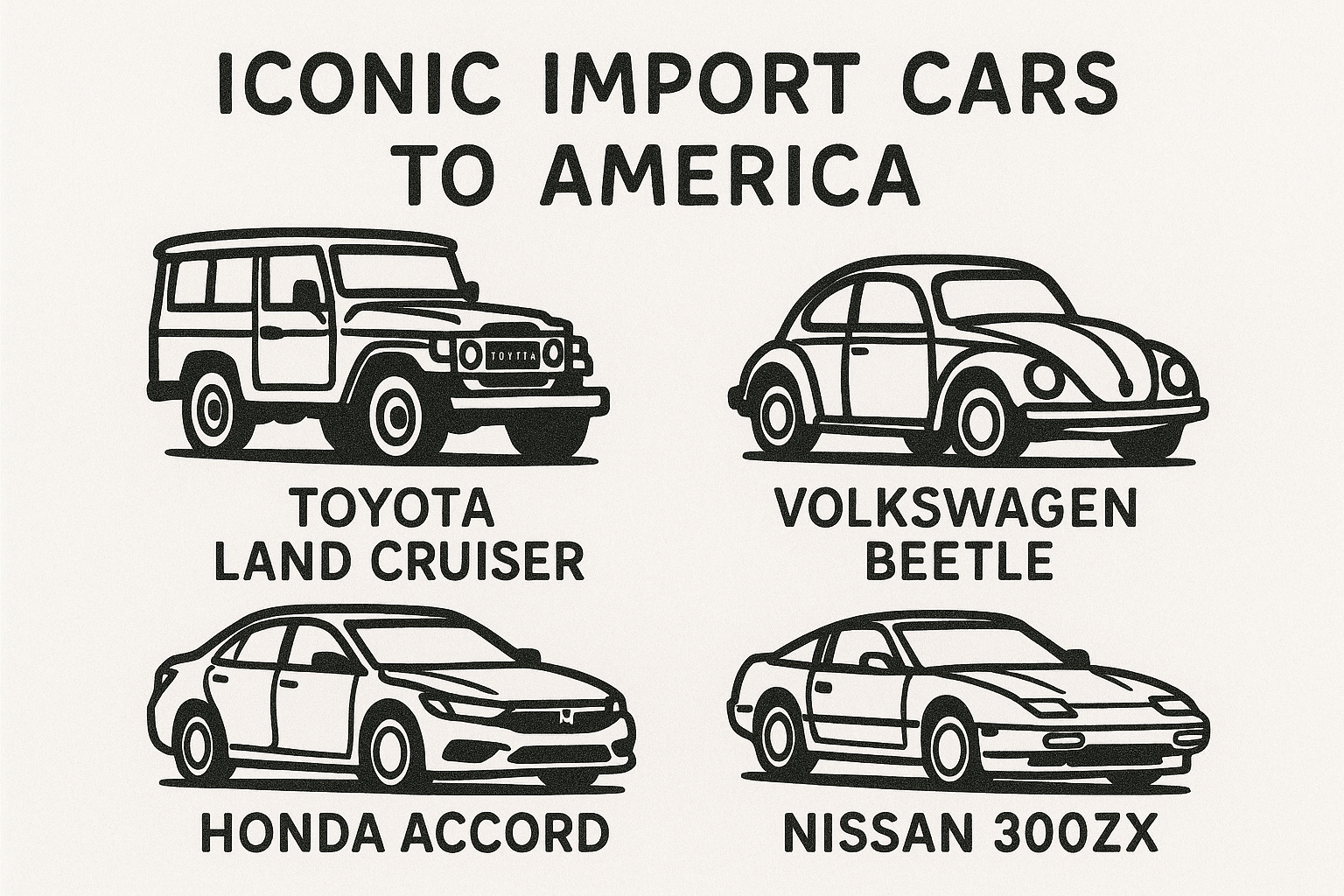

The conclusion of World War II marked a transformative period for the American automotive industry. With wartime production ceasing, manufacturers swiftly transitioned back to civilian vehicles, leading to a surge in car demand fueled by returning veterans and a booming economy. This era witnessed significant advancements in automotive design and technology.
Design-wise, cars adopted the "pontoon" style, integrating fenders into the body for a streamlined appearance. Influenced by aviation, vehicles featured tail fins, chrome accents, and jet-inspired elements, epitomized by models like the 1948 Cadillac.
Technological innovations flourished. Automatic transmissions became widespread, and the introduction of high-compression V8 engines, such as GM's overhead valve V8, revolutionized performance.
The rise of the middle class and suburban expansion further amplified car ownership, embedding automobiles into the fabric of American life. This period not only reshaped the automotive landscape but also set the stage for future innovations and cultural shifts.
